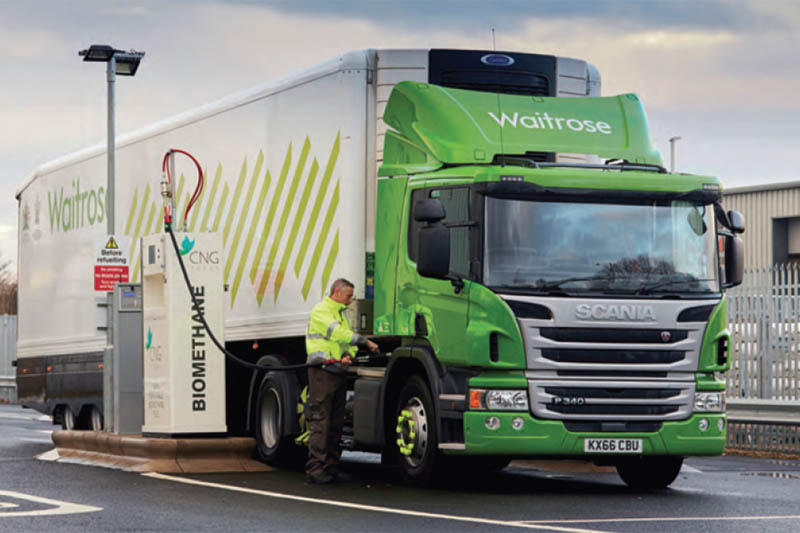
Gas, electric, and hybrid-powered trucks may not be heading to your workshop this year, but they will eventually trigger changes in service intervals and technician skill levels at the very least. Sharon Clancy reports.
Reducing emissions from freight transport is set to be one of the hot topics both in 2021 and for the rest of the decade. Following the publication of the White Paper ‘Powering our Way to Net Zero’ in December 2020, the Government plans to reveal its Transport Decarbonisation plan by spring.
After cars, HGVs are the biggest contributor to domestic transport emissions in the UK, so doing nothing is not an option. However, there is recognition in the White Paper that the sector is challenging, with zero emissions solutions for HGVs much less developed by comparison with cars and vans.
The optimum solution for larger, long-distance road freight vehicles is unclear. Potential longer-term solutions include hydrogen fuel cells (in favour with the truck OEMs) and the development of a fast power-delivery infrastructure to overcome range and fast-charging challenges of battery-powered HGVs (although that won’t, of course, address cost issues from the reduction in payload).
The success of the LEFT trials has encouraged the Government to invest a further £20 million in further freight trials to kick-start hydrogen fuel cell and other zero emission truck technologies. The truck OEMs, under the umbrella of ACEA (the European Automobile Manufacturers Association), have published their own roadmap – ‘Road Freight Transport on the way to carbon neutrality’ – for achieving emissions-free road freight transport. ACEA points out that road charging, taxation, and infrastructure investment will be necessary to achieve the zero emissions goal.
In the medium term, biomethane is seen as having a significant contribution, not least because the LEFT trials have shown it to be both a practical solution and able to reduce carbon emissions by as much as 80% compared with diesel-powered Euro VI trucks. Refuelling infrastructure is a limiting factor to wider adoption (partly finance, partly planning permission constraints).
Eyes LEFT
The Low Emission Freight and Logistics Trials (LEFT) was a three-year £20 million government-funded programme that ran in 2017. It was designed to increase understanding and experience of the different alternative-power options available and help fleet managers decide how they could cut emissions.
The emissions and energy performance of the LEFT technologies were compared with the equivalent conventional diesel-powered Euro VI vehicles in day-to-day operations. This was crucial in demonstrating they could make a difference to emissions in practice and not just in laboratory-based scenarios.
Technologies in the trial were categorised as Revolution, Transition, and Evolution. Revolution technologies include BEVs. Transition technologies include range-extended electric vehicles (REEVs), dedicated gas vehicles and hydrogen/gas dual fuel vehicles. Evolution technologies include lightweight & aerodynamic trailers and trailer kinetic energy recovery systems (KERS).








